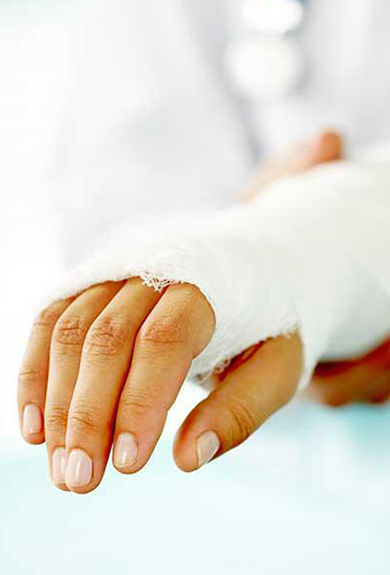HAND INJURIES
The most common procedures in hand surgery are; damage to the beams, nerves, veins and joints, broken bones and burns and skin injuries. Modern techniques have greatly increased the ability of the surgeon to re-correct function and vision even in the event of serious injuries.
Techniques currently used by the surgeons include;
Grafting: It is the transport of skin, bone, nerve or other tissue from a solid part of the body to repair the damaged area.
Flap surgery: It moves from a healty part of the body to the damaged area with the underlying fat, blood vessels and muscle tissue.
Replantation or transplantation: Using microsurgery, which is an extremely careful and subtle surgery performed under microscope, the broken fingers and hands are the process sewing again. Such injuries may require a lot of repetitive operations over a wide range of time.
In many cases, a hand injured in surgery can gain sensation and function at a significant level. However, healing can last for months and often requires rehabilitation.
HEALING AND REHABILITATION
Because the hand is a very delicate organ of the body, there can be pain ranging from mild to painful afte surfery. Your surgeon can provide you relief with injection or medication. How long your hand will remain immobile and how fast your normal activities will be regained, depend on your surgery type, extension and how fast you can heal.
Physical therapy may be needed by an experienced hand therapist, so hat you can heal faster and use it better. Your therapy includes hand exercises, massage therapy, electrical nerve simulation, splinting, screcting and special wraps. If you want to use the maximum of your hand, you must comply with the therapist’s recommendations.

